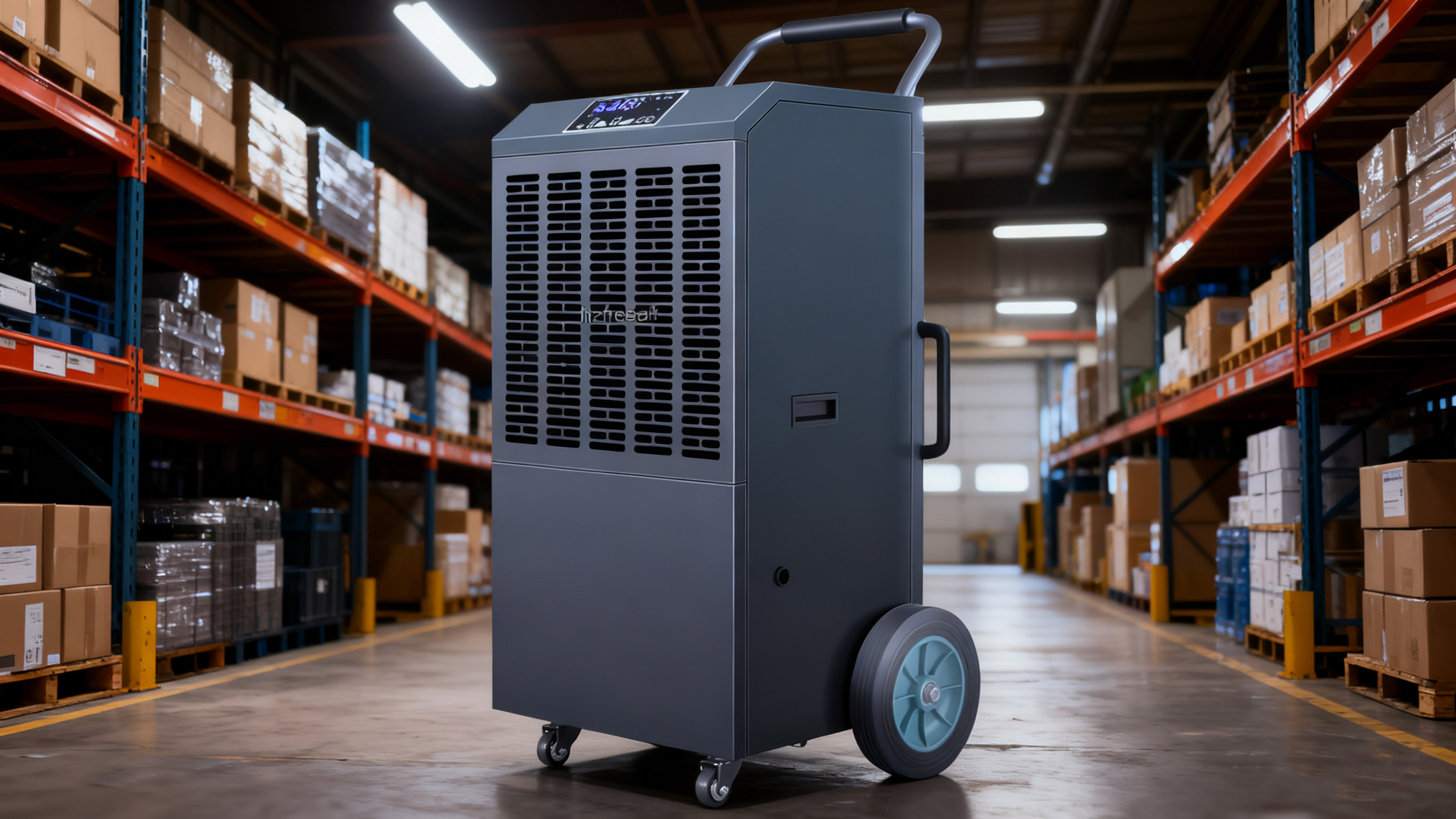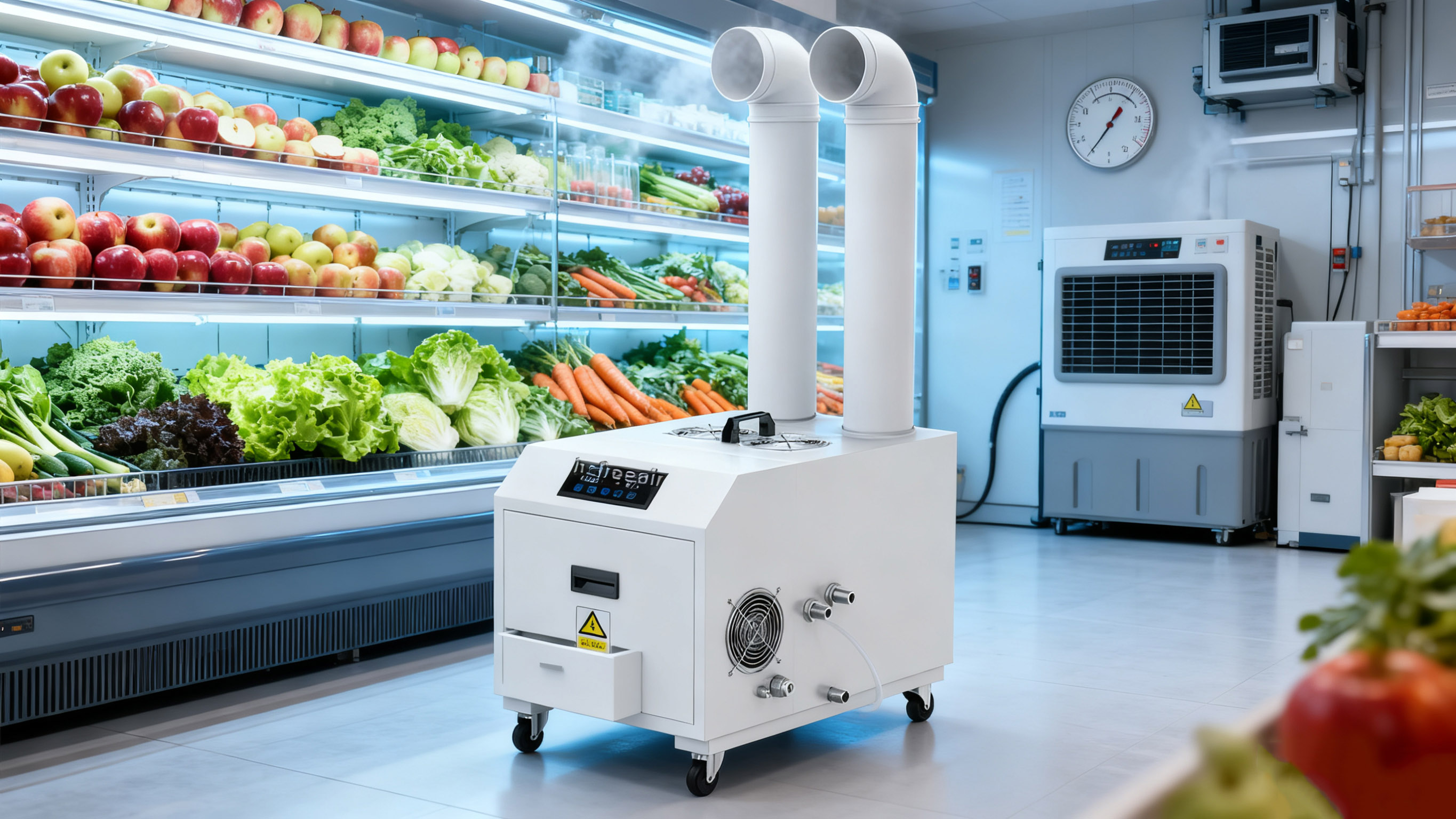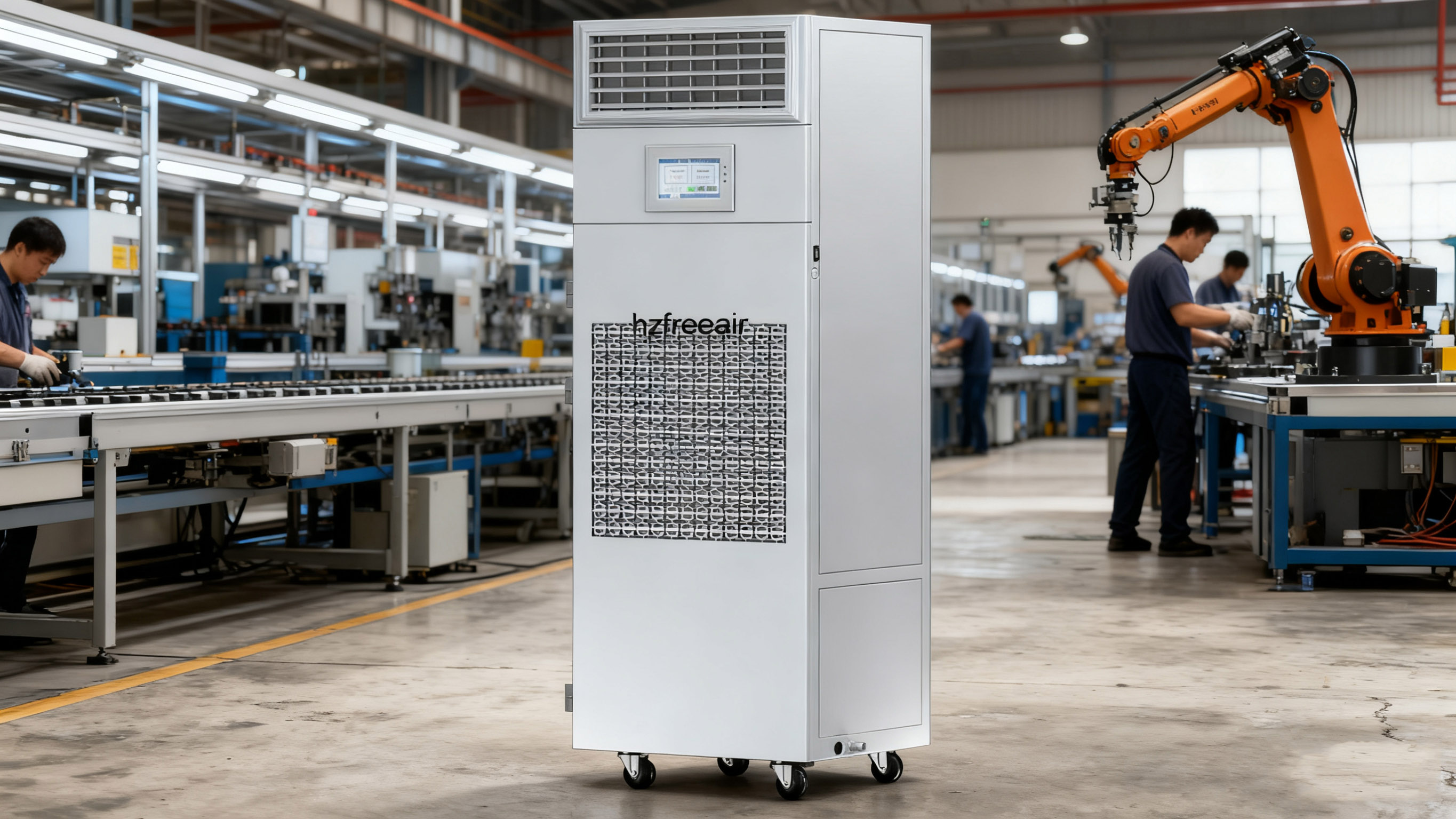


In industrial production, warehousing and logistics, laboratories, and specific commercial environments, air humidity is a critical
parameter. Improper humidity levels can directly lead to product deterioration, equipment failure, process inaccuracies, and even
safety hazards. Faced with the mainstream humidity control equipment on the market—dehumidifiers, humidifiers, and humidity
controllers—making an accurate choice becomes a key decision. This article adopts an industrial perspective to clarify their core
distinctions and applicable scenarios through comparative analysis.
Core Differences: Fundamental Functional Distinctions
First, we must understand the fundamental differences between these three types of equipment:
Dehumidifier: Its core function is to actively remove excess moisture from the air, reducing both absolute and relative
humidity. It is a “subtractive” device.
Humidifier: Its core function is to actively add moisture to the air, increasing both absolute and relative humidity.
It is an“addition” device.
Combined Humidification and Dehumidification Unit: Its core function is to intelligently coordinate two systems—
dehumidification and humidification—using precision sensors and logic control systems to maintain a space's humidity
within a stable, preset target range. It is a “closed-loop control” system.
In short, dehumidifiers and humidifiers address unidirectional humidity deviations, while constant humidity units tackle
bidirectional humidity fluctuations for stability.
In-Depth Analysis of Application Scenarios
The choice of equipment depends not on the devices themselves, but entirely on your environmental requirements and
process specifications.
I. Scenarios Suitable for Dehumidifiers
When the primary challenge is “excessive humidity,” dehumidifiers are the preferred solution.
Raw Material and Finished Product Storage: Materials prone to moisture absorption, caking, deliquescence, or mold growth
—such as chemical raw materials, pharmaceutical powders, grains, wood, paper, and textiles—require low-humidity environments
to maintain stable physical and chemical properties.
Production and Assembly Workshops: In precision electronics, semiconductor, and optical instrument manufacturing, excessive
humidity causes metal component oxidation, circuit short-circuits, and reduced product yield. Dehumidification is critical for
ensuring production safety and quality.
Specialized Process Environments: In facilities like lithium battery production lines and spray painting workshops, low humidity
is an essential requirement for the process itself. It effectively prevents electrolyte degradation and ensures paint curing quality.
Building Protection: In basements, archives, libraries, and similar spaces, dehumidification effectively prevents wall mold growth
and document corrosion, safeguarding building structures and stored resources.
Key Decision Point: Does your environment experience persistent or seasonal humidity exceedances where the core issue is
solely “dehumidification”?

II. Humidifier Applications
When environments face “excessive dryness,” humidifiers become essential equipment.
Specific Industrial Manufacturing: In textiles, printing, and tobacco industries, appropriate humidity maintains fiber and paper
resilience, reduces static electricity, prevents brittle breakage, and ensures smooth production and product quality.
High-Precision Constant Temperature/Humidity Environments: In metrology testing and precision laboratories, humidity is a core
environmental variable. Humidification systems are indispensable for maintaining specified operating conditions.
Data Centers/Server Rooms: Excessively dry air generates significant static electricity, posing a major threat to sensitive electronic
components and potentially causing breakdown damage. Humidification is a critical method for static control.
Specialized Agriculture & Storage: Applications like edible mushroom cultivation, Chinese herbal medicine storage, and produce
preservation require elevated humidity levels to support biological growth or maintain freshness.
Decision-Making Considerations: Does your process or equipment experience quality issues, performance instability, or operational
risks due to dry air?

III. Applications for Integrated Humidity Control Units
When environments demand both “constant” and “precise” humidity, single-function dehumidification or humidification becomes
insufficient—requiring integrated humidity control units.
Cultural Heritage Archives: Paper, silk, leather artifacts are highly sensitive to humidity fluctuations. Constant humidity is vital for
slowing deterioration and ensuring permanent preservation.
Life Science & Pharmaceutical R&D Labs: In cell culture, drug testing, and reagent storage, even minor humidity fluctuations can
cause experimental failure or data distortion.
High-Precision Measurement & Testing Rooms: Accuracy in many physical and chemical measurements relies on highly stable
environments. As a critical parameter, humidity stability is paramount.
High-End Precision Manufacturing and Packaging Lines: Processes like chip packaging and MEMS device fabrication demand
year-round humidity control within extremely narrow ranges to ensure the reliability of billions of products.
Decision Point: Does your application have zero tolerance for humidity fluctuations? Do you require automatic, seamless switching
between dehumidification and humidification modes across different seasons and weather conditions to maintain a setpoint?

Summary Comparison
| Equipment Type | Core Functions | Issues Addressed | Typical Application Scenarios |
| Dehumidifier | Reduce ambient humidity | Moisture, condensation, mold growth, oxidation | Underground warehouses, electronics manufacturing facilities, chemical storage facilities |
| Humidifier | Increase ambient humidity | Drying, static electricity, brittleness, deformation | Textile workshops, data centers, printing plants |
| Constant Humidity Unit | Maintain constant humidity | Humidity fluctuations, high precision requirements, demanding storage conditions | Museums, pharmaceutical laboratories, semiconductor manufacturing |
Summary
Your selection should begin with a clear “humidity requirements checklist”: First, define the target humidity range (e.g., 30%-50% RH),
then assess whether the environment faces unidirectional humidity instability (excessively wet or dry) or risks bidirectional fluctuations.
Finally, weigh your investment budget against operational costs to make the decision that best aligns with your industrial needs and
technical requirements. In fields where quality and safety are paramount, precise humidity control is never an overinvestment.